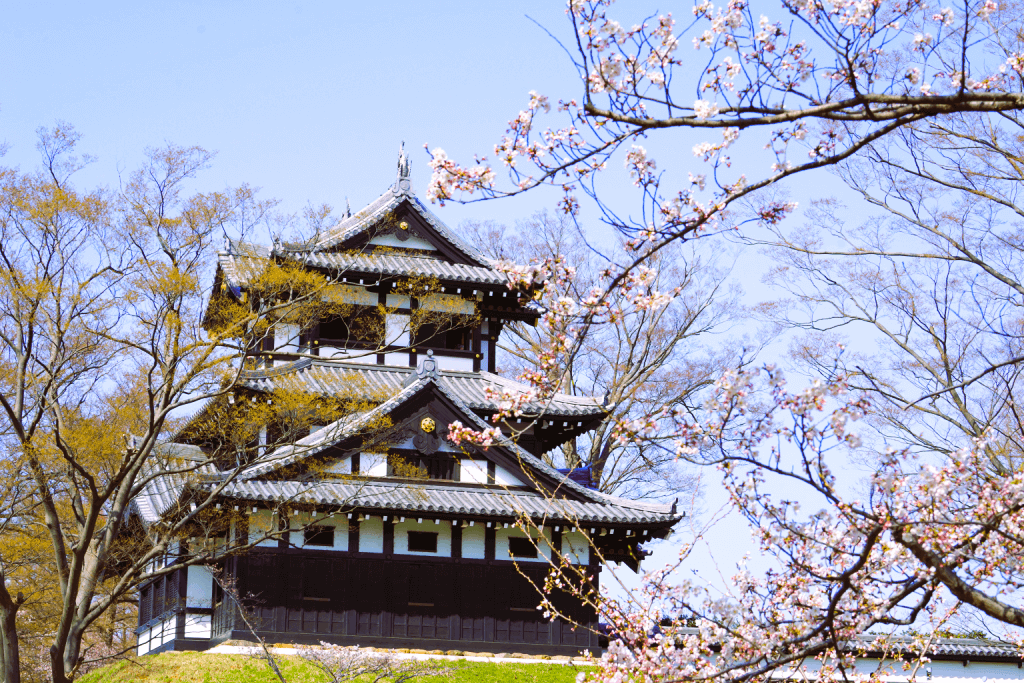Niigata Prefecture is on the west coast of Japan’s central Honshu Island. A breathtaking area near the Sea of Japan, Niigata has fantastic mountain ranges, long coastlines, and an abundance of rice. It also has a secluded island with a gold mine and an esteemed bird sanctuary. Many things about this coastal paradise make it unique and a must-see for visitors to Japan.
Table of Contents
ToggleSights and Sounds of Niigata
This prefecture is home to many fabulous vacation destinations, from historical buildings to island getaways. Due to its distant location, most people consider Niigata as only a winter hotspot. But it has many attractions that suggest the contrary.
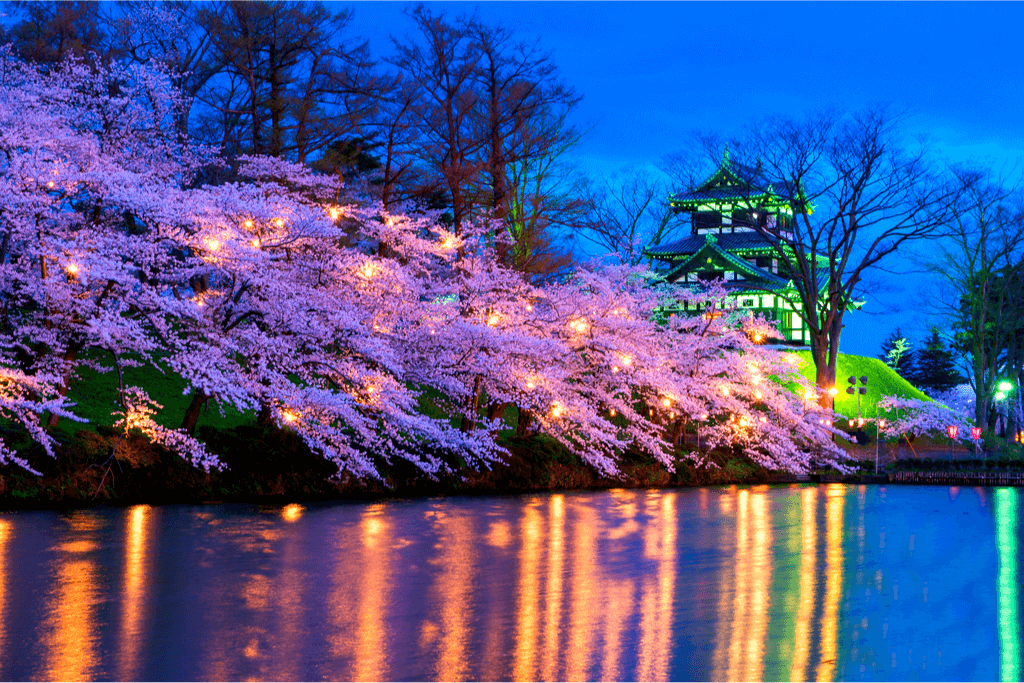
One of the most popular spots in Niigata is Sado Island, in the Sea of Japan. A former penal colony, Sado Island is home to pristine beaches and earthy coastlines. It also has Toki Forest Park, a bird sanctuary featuring the crested ibis, or toki, which is one of the prefecture’s most significant symbols.
There are also many locations perfect for cherry blossom season as well. These locations include Shinano River, Takada Castle, and Niigata Customs House. For those seeking a more natural atmosphere, head to Tsukioka Onsen or Kiyotsu Gorge. This prefecture has many hidden gems on its coastline and in its forests, and it could make for a perfect seasonal holiday excursion.
The Birds of Niigata
As mentioned above, Niigata’s symbolic bird is the crested ibis. It is a magnificent creature with rose pink and white plumage, with a bold, red-skinned head. It primarily inhabits rice paddies and riversides. Because of its beauty, the iconic bird was almost extinct. However, recent conservation efforts, especially that of Toki Forest Park, continue to revitalize the crested ibis.
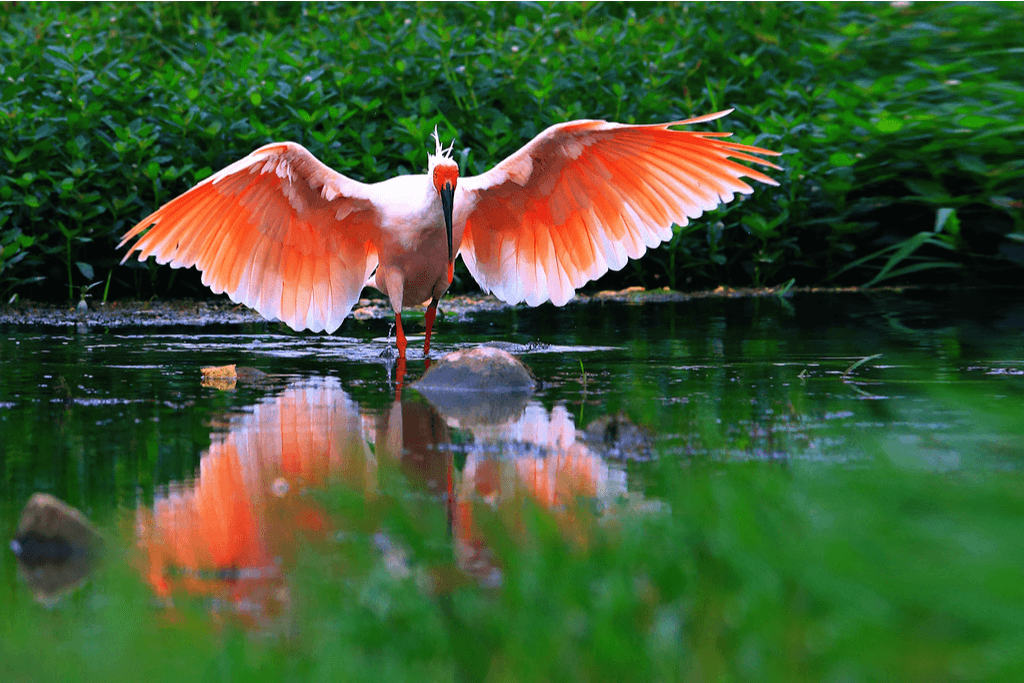
Niigata is also home to many amazing ducks; the most notable are the tufted duck, common goldeneye, and goosander. The tufted duck and goosander have distinct features, particularly their brilliant yellow irises and smooth black, white, and brown plumage.
However, the Japanese green pheasant is the most unique and breathtaking Niigata bird. They are from the same family as the turkey and are just as colorful. It has emerald green plumage, a red wattle, and a purple collar, and it is Japan’s national bird. Because it’s native to Japan, avid bird watchers can observe the pheasant in most parts of the country. However, in Niigata, the pheasant resides at Toyonogata Lagoon.
Looking to enjoy even more hidden gems like Niigata? Check out Sakuraco! Sakuraco delivers traditional Japanese snacks, teas, sweets, and snacks from Japan to your door every month so you can enjoy Japanese delicacies at any time!
Tokamachi: Snow Festivals and Rice Terraces
Tokamachi is a small city in southern Niigata; its name (literally, “tenth-day town” comes from an old monthly market that took place on the 10th. It receives the most snowfall in the country–up to three meters (ten feet) and, as such, is home to one of the most famous snow festivals in the country.
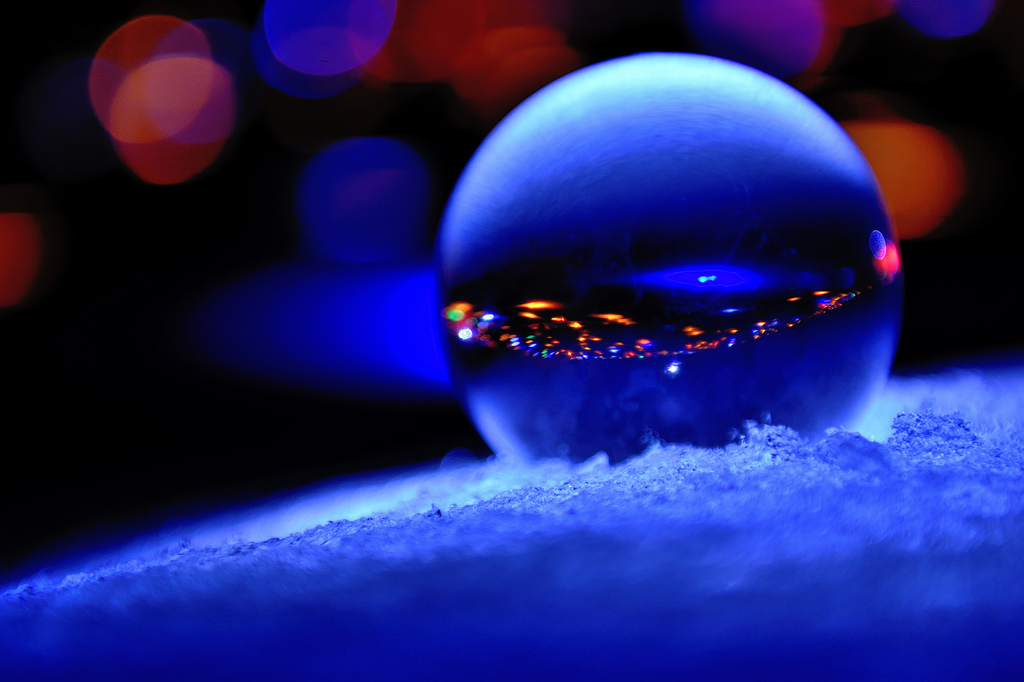
The Tokamachi Snow Festival is unique from other winter events because residents, rather than professional artists, make most of the sculptures. In addition, it was a way for people to make it through the bitter cold. Over three days, people gather at Tokamachi Elementary School to marvel at the sculptures, ranging from classic works of art to popular cartoon characters.
In addition to the snow festival, Tokamachi is famous for the Hoshitoge Rice Terrace, a collection of breathtaking rice paddies. The best times to see them are in the winter when they’re covered in snow and the summer when they’re a lush green. Visitors are allowed to see this beautiful terrace from a vantage point. The snow festival and rice terrace are significant features of the small city of Tokamachi.
Rice Snacks
Niigata makes some of the best high-quality koshihikari rice in Japan. It’s soft and fluffy and is the base ingredient for popular Japanese food like sushi and onigiri (rice balls). However, rice is also suitable for crunchy snacks as well.
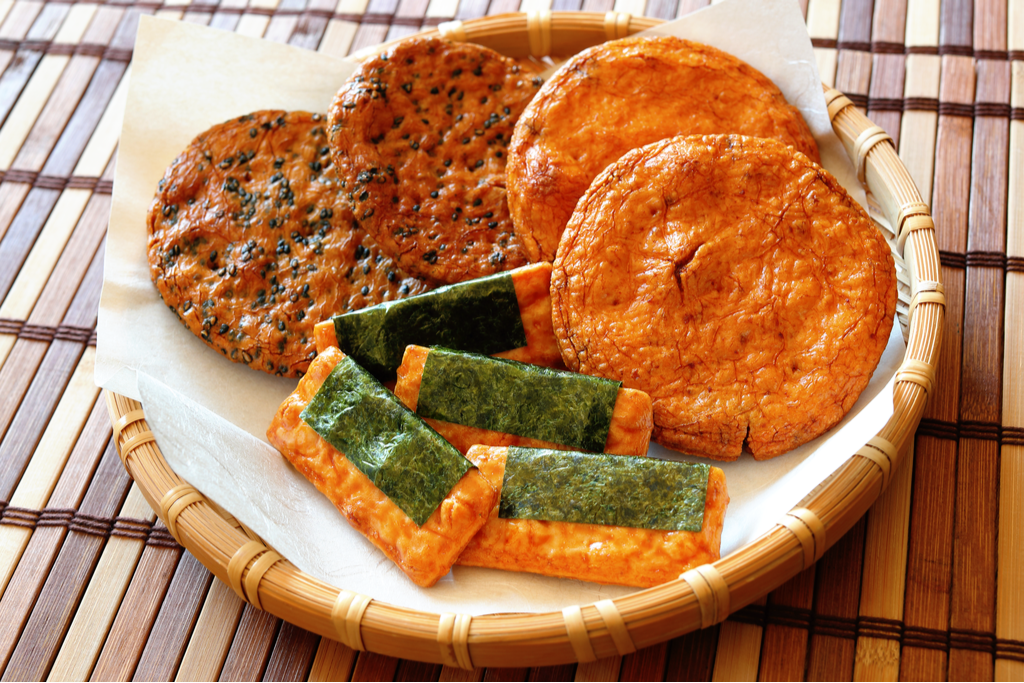
Many of these snacks range from salty to sweet, and the most common Japanese rice snack is senbei. Senbei is a crispy rice snack that comes in many different forms. The most popular is Sanko Yuki no Yado, a light rice cracker with icing made of sugar, powdered skim milk, and fresh Hokkaido cream.
Another popular rice snack is kaki no tane, crescent-shaped crackers paired with peanuts. Usually, the crackers are orange and flavored with wasabi. However, wide snack varieties include plum, lemon, and especially brown rice.
Hegisoba
Hegisoba is a type of noodle made from seaweed in buckwheat flour, which gives it its distinctive earthy and nutty flavor. The noodles are thin yet firm and chewy, with a delicate texture. Its inspiration is the Uonuma silk industry, reflected in the noodles’ slick presentation.
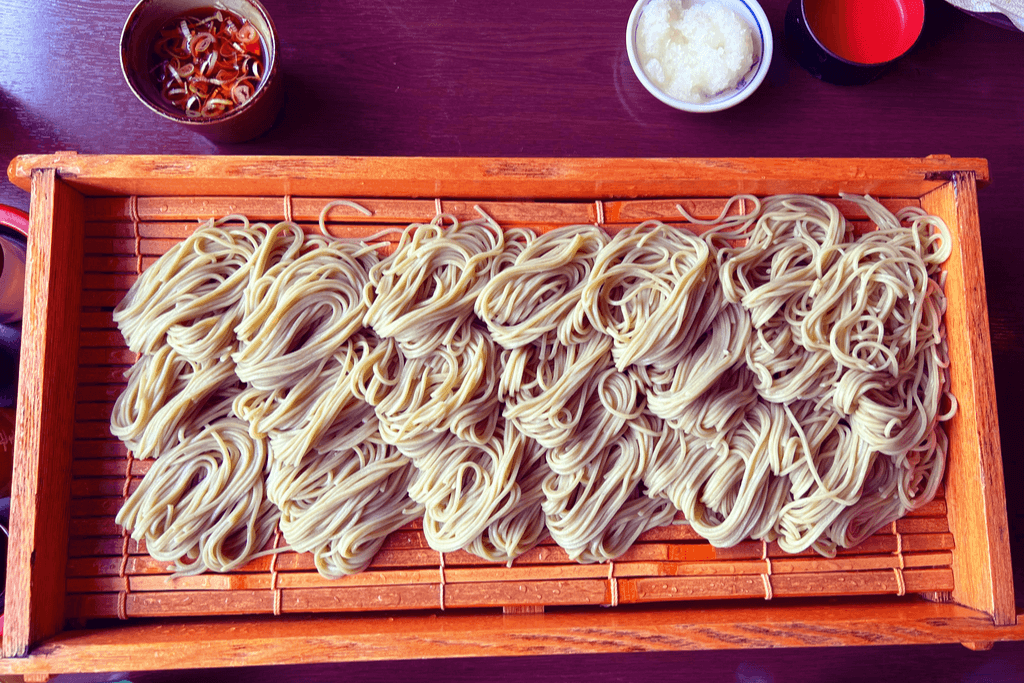
To prepare hegisoba, the noodles are boiled in water until cooked to perfection. People usually eat them with soy-based sauce, topped with sliced scallions, grated ginger, and a sprinkle of nori seaweed. Some people also like to add a dash of wasabi for a bit of heat.
Eating hegisoba is a unique experience. The noodles are slurped from the bowl, making a satisfying, rhythmic sound that is a trademark of the dish. The combination of the chewy noodles and the light sauce is simple and complex, with the flavors balancing each other perfectly. Whether enjoyed in a small noodle shop or as a quick snack on the go, hegisoba is a dish that will leave a lasting impression on your taste buds.
Niigata is one of the most spectacular places in Japan. With its stunning geography, festivals, and delicious food, locals and tourists alike enjoy this coastal paradise. What parts of Niigata interest you the most? Let us know in the comments below.


